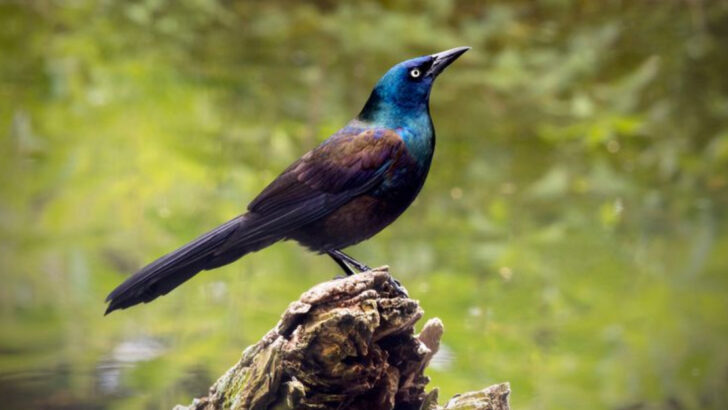Not all birds are sweet little chirpers.
Some have become full-blown environmental wrecking balls.
They swoop in, take over, shove native species out, and feast on everything in sight.
Cute? Maybe.
Destructive? Absolutely.
But here’s the twist—not every unexpected bird is a villain.
While a few cause chaos, others quietly keep ecosystems afloat.
They control pests, spread seeds, and fight back against the damage left behind by their not-so-nice neighbors.
It’s a high-drama sky war, filled with surprising heroes and sneaky invaders.
And whether you’re a birdwatcher or just someone who loves a good underdog (or underbird) story,
this list will make you see those feathers a little differently.
Ready to meet the culprits—and the lifesavers?
European Starling

The European Starling, with its shimmering feathers, might look enchanting, but it’s a notorious pest in the U.S. Its aggressive nature drives away native species and it consumes vast amounts of crops. Farmers often find themselves battling these birds as they ravage fields, causing financial strain. Known for their adaptability, starlings can thrive in urban and rural settings alike.
Introduced in the 19th century, they now number over 200 million. Their mimicking calls are often mistaken for more pleasant songbirds, yet their presence is a troubling reminder of human impact on natural ecosystems.
House Sparrow
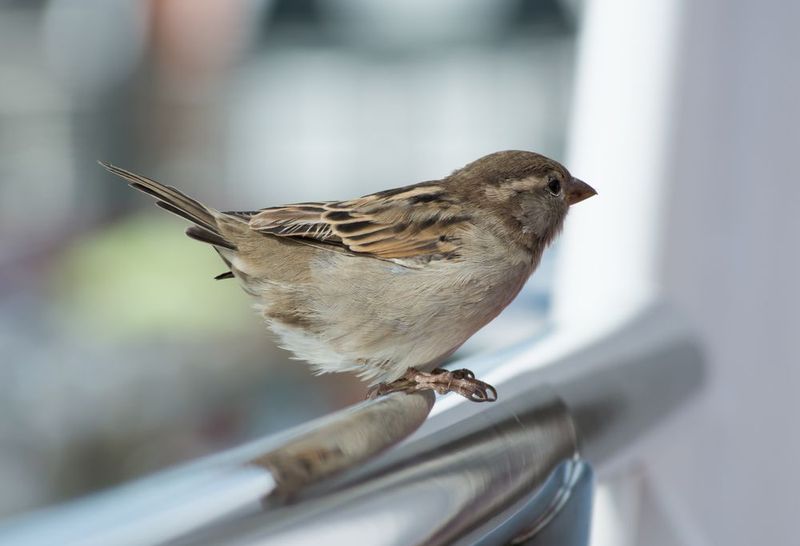
Perched confidently in urban landscapes, the House Sparrow seems harmless but is a major competitor for native birds. Its familiarity with human environments gives it an edge, allowing it to outcompete species for nesting sites and food. Originally from Europe, these sparrows have spread across continents, becoming one of the most widespread birds globally.
Their chirping might be cheerful to some, but they contribute to the decline of native avifauna. Their aggressive nature and adaptability make them resilient adversaries in the fight for survival among birds in bustling cities.
Mute Swan
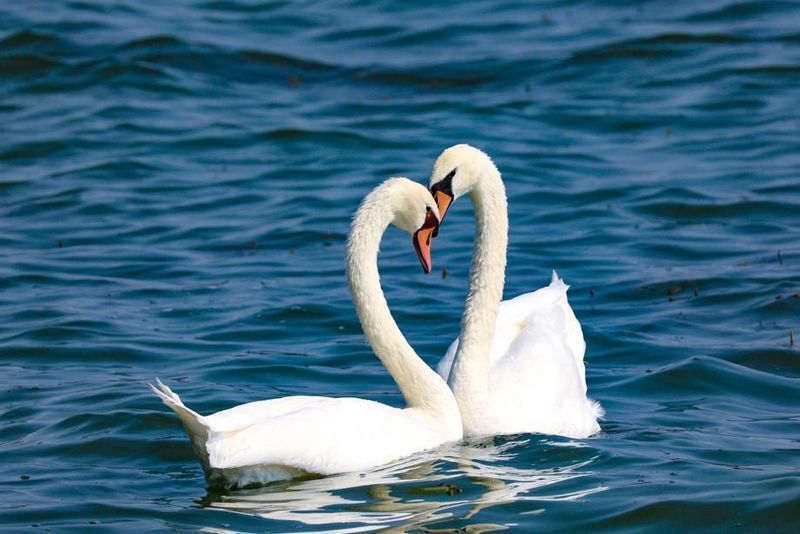
Graceful and serene, the Mute Swan’s beauty belies its destructive potential. This non-native species disrupts aquatic vegetation, affecting waterfowl habitats. As these swans uproot plants, they degrade the water quality and displace other species seeking sustenance.
Introduced for ornamental purposes, they escaped captivity and established wild populations. Despite their elegant appearance, their territorial behavior can be quite aggressive, particularly during nesting season. Their presence in the U.S. highlights the unintended consequences of introducing foreign species for aesthetic reasons.
Common Grackle
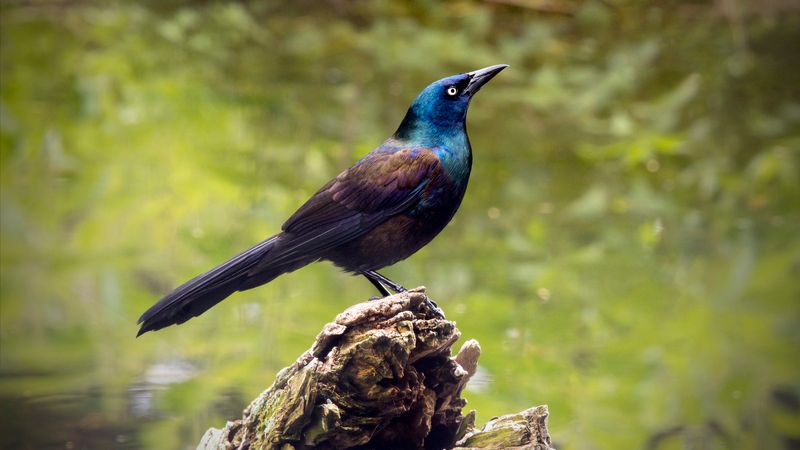
With a flash of iridescence, the Common Grackle is a striking sight, but its voracious appetite can be devastating. These birds gather in large flocks, raiding fields and gardens, leaving a path of destruction. While their intelligence and adaptability allow them to thrive, they pose a threat to agriculture and native bird species.
Their calls, often likened to a rusty gate, echo through suburban areas where they are frequently seen. The grackle’s presence is a reminder of the delicate balance between nature and human activities.
Brown-headed Cowbird
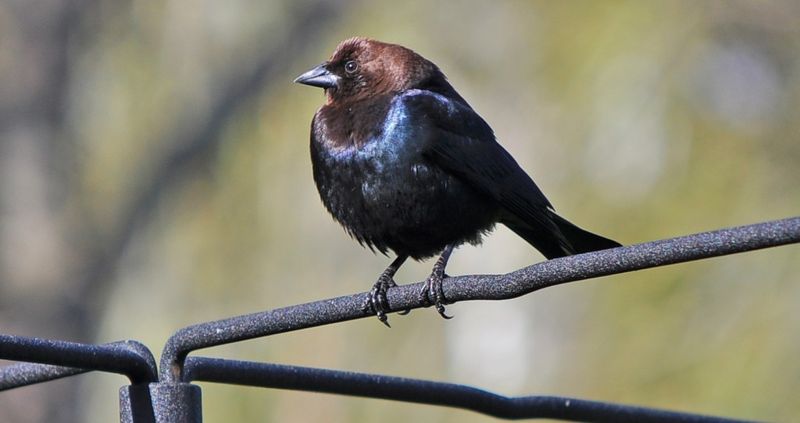
The Brown-headed Cowbird is notorious for its brood parasitism, a behavior where it lays eggs in the nests of other birds. This practice disrupts the breeding success of many native species as they unknowingly raise cowbird chicks.
Originally following bison herds, these birds have adapted to agricultural expanses. They thrive in open habitats, exacerbating their impact on native populations. Cowbirds’ actions underline the complex interactions that shape ecosystems, often at the expense of the more vulnerable species.
Rock Pigeon
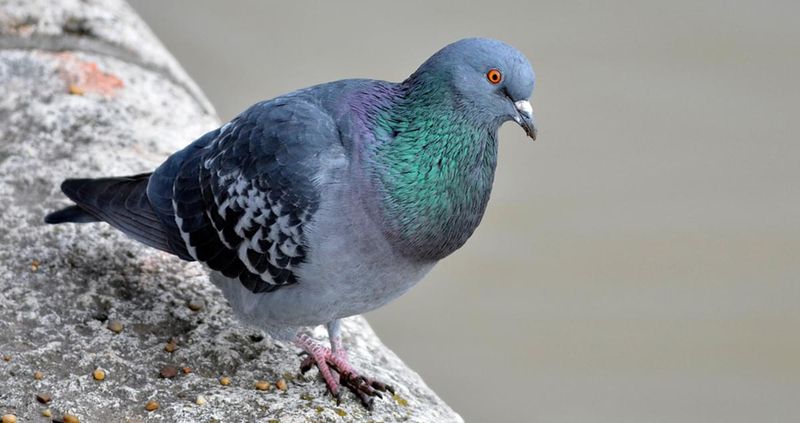
Commonly seen flocking around urban environments, the Rock Pigeon is more than just a city fixture. Its droppings damage infrastructure and carry diseases that can spread to humans and other animals. Their presence can lead to significant cleanup costs and health concerns.
These birds are prolific breeders, often crowding out other species for resources. Despite their humble reputation, they are a formidable force in urban ecosystems, often seen perched on statues or flying in synchronized flocks.
Canada Goose
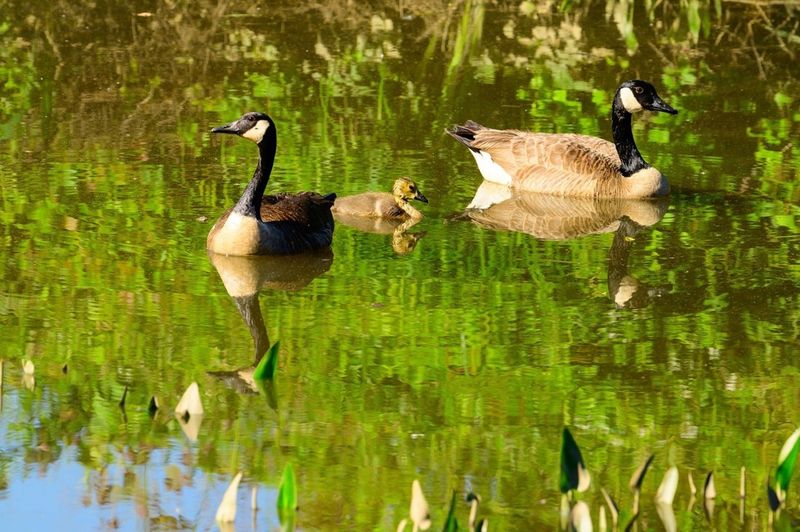
With its honking call, the Canada Goose is a familiar sight in parks and fields. However, its foraging habits can lead to overgrazing, damaging lawns and crops. Their droppings are not only unsightly but pose health risks as well.
Initially migratory, many Canada Geese populations are now resident, exacerbating their impact. These birds have adapted well to human-modified environments, raising concerns among communities about their growing numbers and environmental footprint.
Red-winged Blackbird
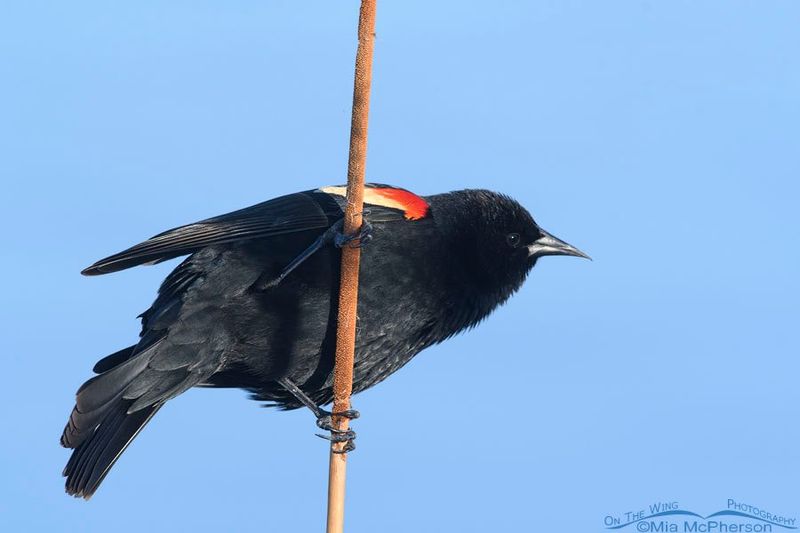
The Red-winged Blackbird, known for its distinctive red and yellow shoulder patches, is both admired and abhorred. While beautiful, large flocks can cause significant agricultural damage, particularly to rice and corn crops. These birds are often seen in wetlands, where their calls fill the air.
Their territorial nature is fierce, often diving at intruders who come too close. Despite their destructive tendencies, they play a crucial role in controlling insect populations, showcasing the dual nature of their impact.
American Crow
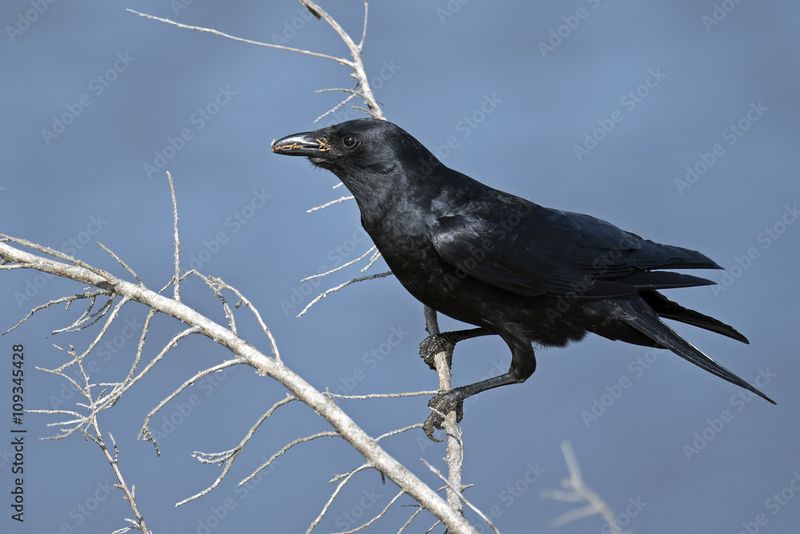
The American Crow is known for its intelligence and adaptability, making it both a marvel and a menace. Crows are omnivorous, consuming everything from insects to leftovers, which can lead to conflicts with humans. Their loud cawing and sizable flocks can be disruptive in urban settings.
They are also known to raid nests of other birds, impacting local wildlife. However, their presence indicates a healthy environment, illustrating their role as both destroyers and indicators of ecological balance.
Herring Gull
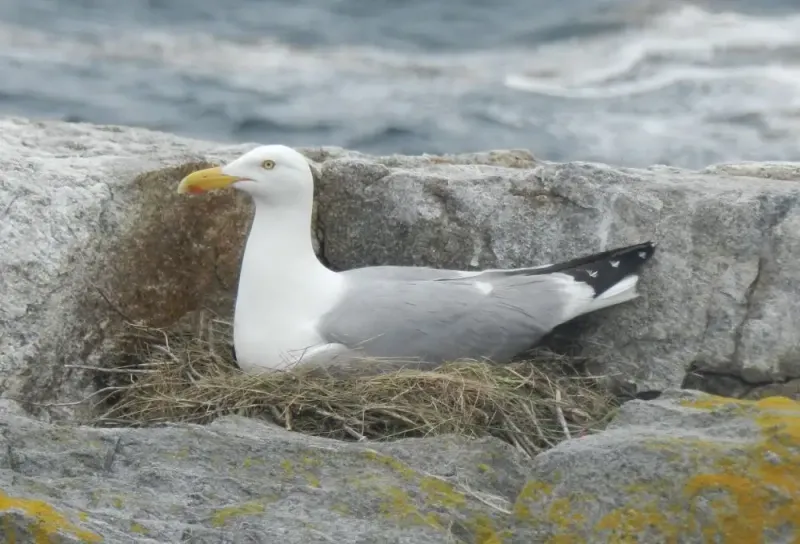
The Herring Gull, with its raucous calls, is a common sight along coastlines. These opportunistic feeders scavenge across beaches, disrupting local wildlife and sometimes spreading litter. Their large colonies can overwhelm smaller bird populations.
Despite their nuisance status, they are skilled survivors, able to adapt to various environments. Their presence often reflects the health of marine ecosystems, highlighting their complex role in coastal areas. Their influence is both beneficial and detrimental, depending on perspective.
European Starling
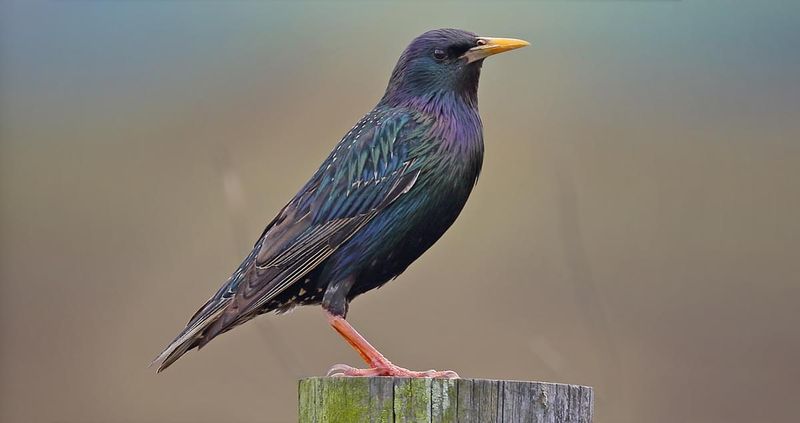
Known for its adaptability, the European Starling is both admired for its stunning murmurations and reviled for its invasive nature. Its introduction to the U.S. has led to significant competition with native birds for nesting sites. These starlings can outcompete species such as bluebirds and woodpeckers, impacting biodiversity.
Their flocks can damage crops and consume livestock feed. Despite their beauty, their presence is a reminder of the challenges invasive species pose to ecosystems, reshaping landscapes with their persistent survival tactics.
Cattle Egret
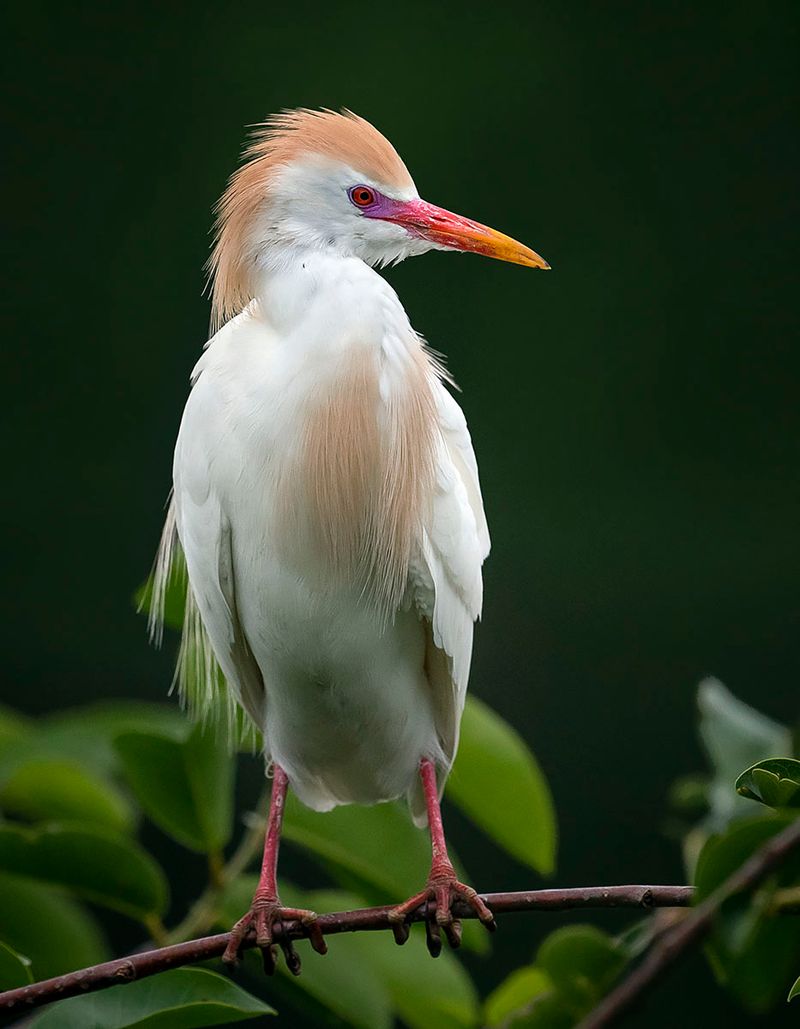
The Cattle Egret, originally from Africa, has made a significant impact in the U.S. These birds follow livestock, feeding on insects stirred up by their movement. While beneficial for pest control, their growing populations can disrupt local ecosystems.
Their adaptability is remarkable, but they often compete with native birds for resources. As their numbers increase, the ecological balance shifts, illustrating the far-reaching effects of global species dispersal. The egret’s journey reflects both nature’s resilience and vulnerability.
House Finch
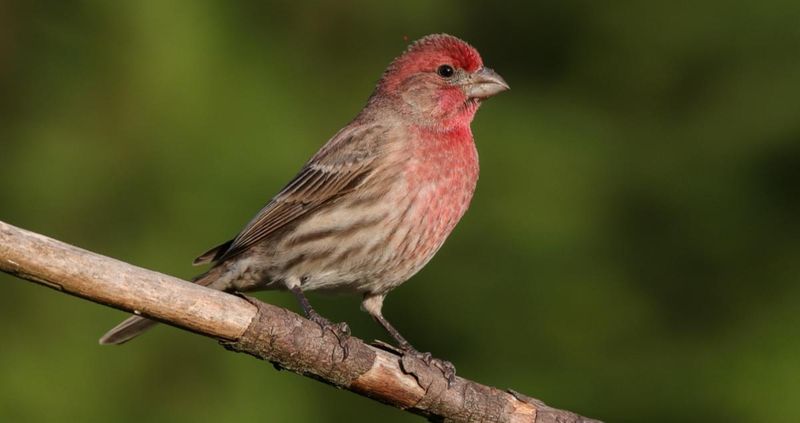
The House Finch, with its cheerful plumage, is a common sight at feeders. However, its introduction to the eastern U.S. has led to competition with native birds for food and nesting sites. Their adaptability to human environments has allowed their populations to flourish.
While their song is pleasant, their presence can lead to declines in native bird numbers. This finch’s success story is a testament to its resilience, yet highlights the unintended consequences of species relocation and adaptation.
Osprey

The Osprey, a master of fishing, is a true hero of the skies. With a wide wingspan and keen eyesight, this bird efficiently controls fish populations, maintaining healthy aquatic ecosystems. Often seen soaring above lakes and rivers, their presence is a testament to clean water and thriving environments.
Their impressive nests, built high above the ground, are remarkable feats of engineering. Ospreys also signify successful conservation efforts, as their numbers have rebounded from past declines due to pesticide use.
Eastern Bluebird
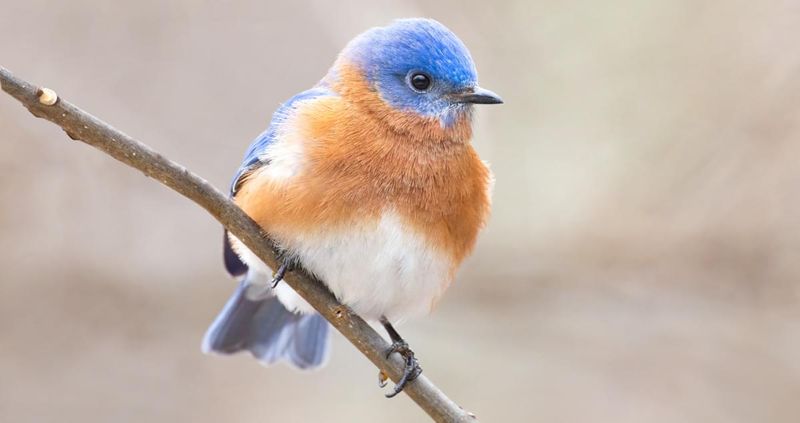
The Eastern Bluebird, with its striking blue and orange plumage, is a symbol of hope and renewal. These birds play a crucial role in controlling insects, benefiting agriculture and maintaining balance in ecosystems. Their melodic songs fill the countryside, providing a natural soundtrack to rural life.
Conservation efforts, including nest box programs, have helped their populations recover, showcasing a successful collaboration between humans and nature. The bluebird’s story is one of perseverance and harmony.
American Kestrel
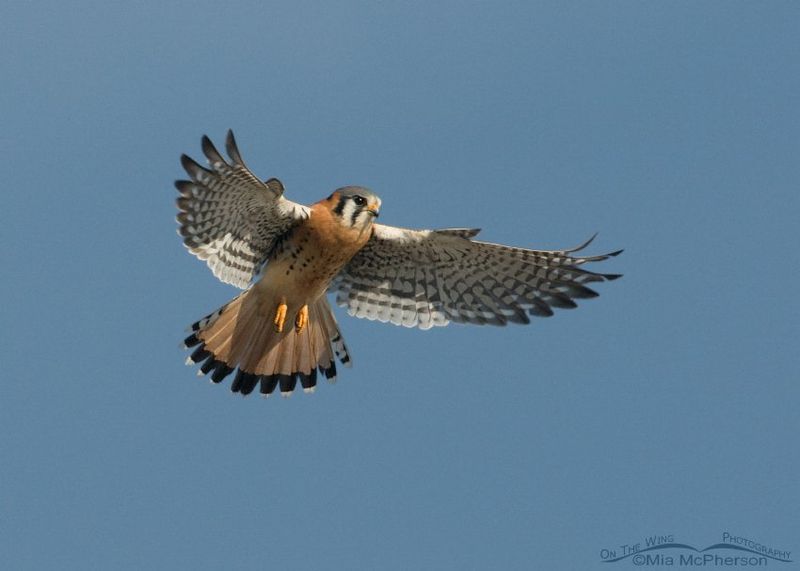
The American Kestrel, North America’s smallest falcon, is a fierce predator with a gentle touch. Known for hovering mid-air before diving onto prey, their hunting skills help control rodent populations, benefiting farmers.
These falcons are adaptable, often seen perched on power lines scanning for movement. Their striking plumage and agile flight make them a favorite among birdwatchers. The kestrel’s presence in agricultural areas underscores their vital role in pest management and their adaptability to changing landscapes.
Barn Owl
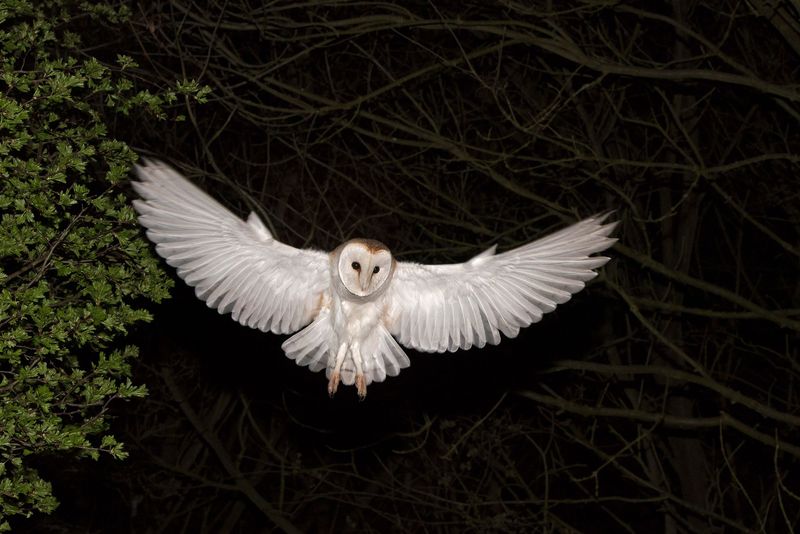
The Barn Owl, with its heart-shaped face and silent flight, is a nocturnal hero. By preying on rodents, it plays a vital role in agricultural pest control. Their eerie screeches might send shivers down spines, but they signify a healthy rodent population being kept in check.
Their adaptability to various habitats, including barns and abandoned buildings, facilitates their widespread presence. The barn owl exemplifies the delicate balance between predator and prey, showcasing nature’s intrinsic checks and balances.
Peregrine Falcon
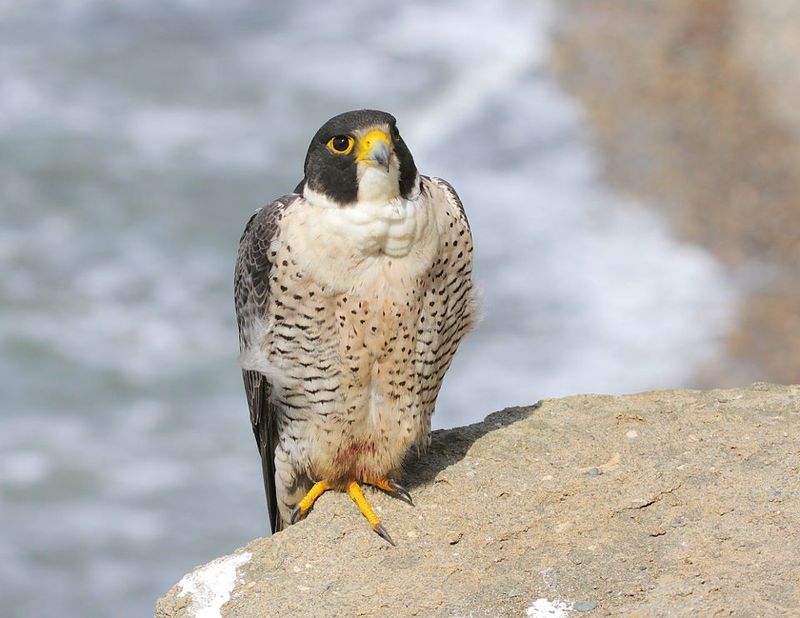
The Peregrine Falcon, the fastest bird on the planet, is a marvel of nature. Diving at speeds over 200 mph, they effectively control bird populations, including those of nuisance species. Their recovery from the brink of extinction is a conservation triumph.
Often nesting on skyscrapers, these falcons have adapted remarkably to urban settings. Their presence signals not only a healthy ecosystem but also the success of protective legislation and environmental awareness. The peregrine falcon’s story is one of resilience, speed, and adaptability.
Northern Harrier
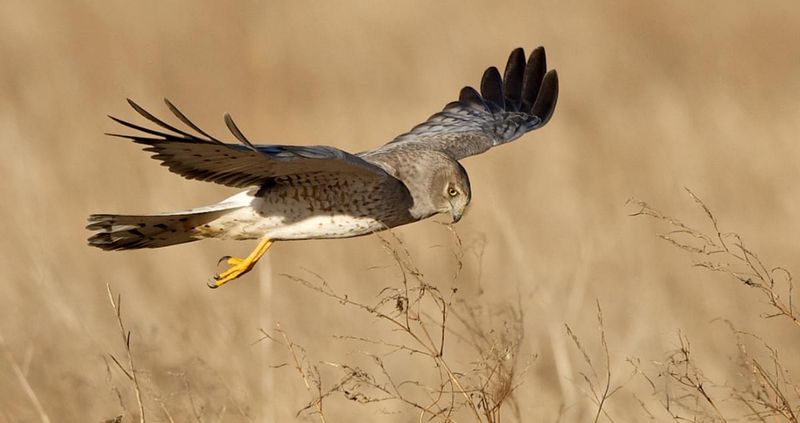
The Northern Harrier, with its distinctive white rump and owl-like face, is a skilled hunter of open fields. Their low, graceful flight helps in locating small mammals and birds, balancing these populations. Harriers thrive in marshes and grasslands, contributing to vibrant ecosystems.
Their presence indicates healthy habitats, as they rely on diverse ecosystems to sustain their diet. The Northern Harrier stands as a symbol of nature’s elegance, its watchful gaze and silent flight embodying the essence of the wild.
Red-tailed Hawk
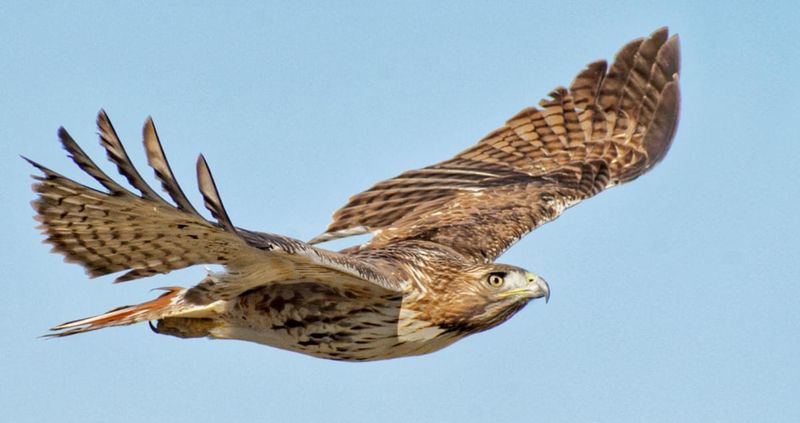
The Red-tailed Hawk, with its piercing scream and majestic flight, commands the skies. Often seen perched along highways, these raptors control rodent populations, a boon for farmers and naturalists alike.
Their adaptability allows them to thrive in various environments, from woodlands to deserts. The red-tailed hawk’s keen eyesight and hunting prowess are vital for maintaining ecological balance, making them true guardians of their territories. Their presence is a testament to the resilience of the raptor family.

